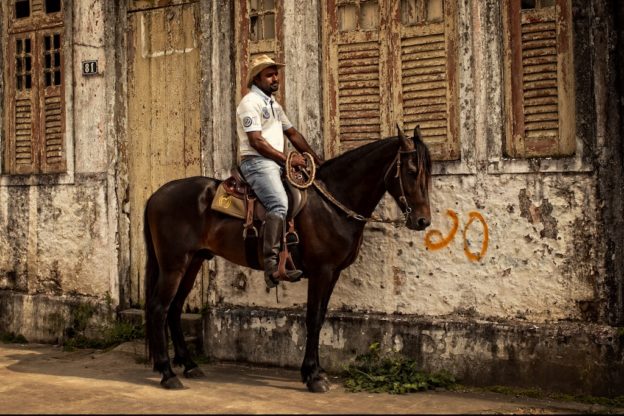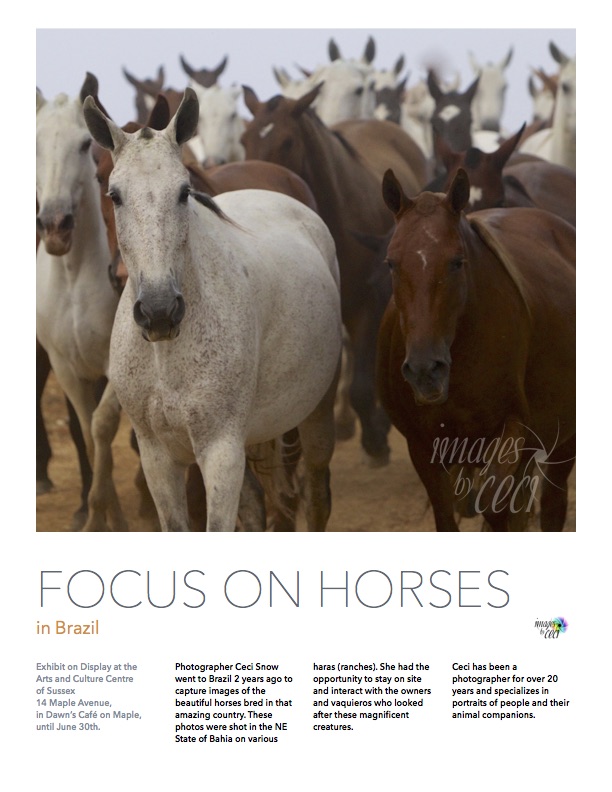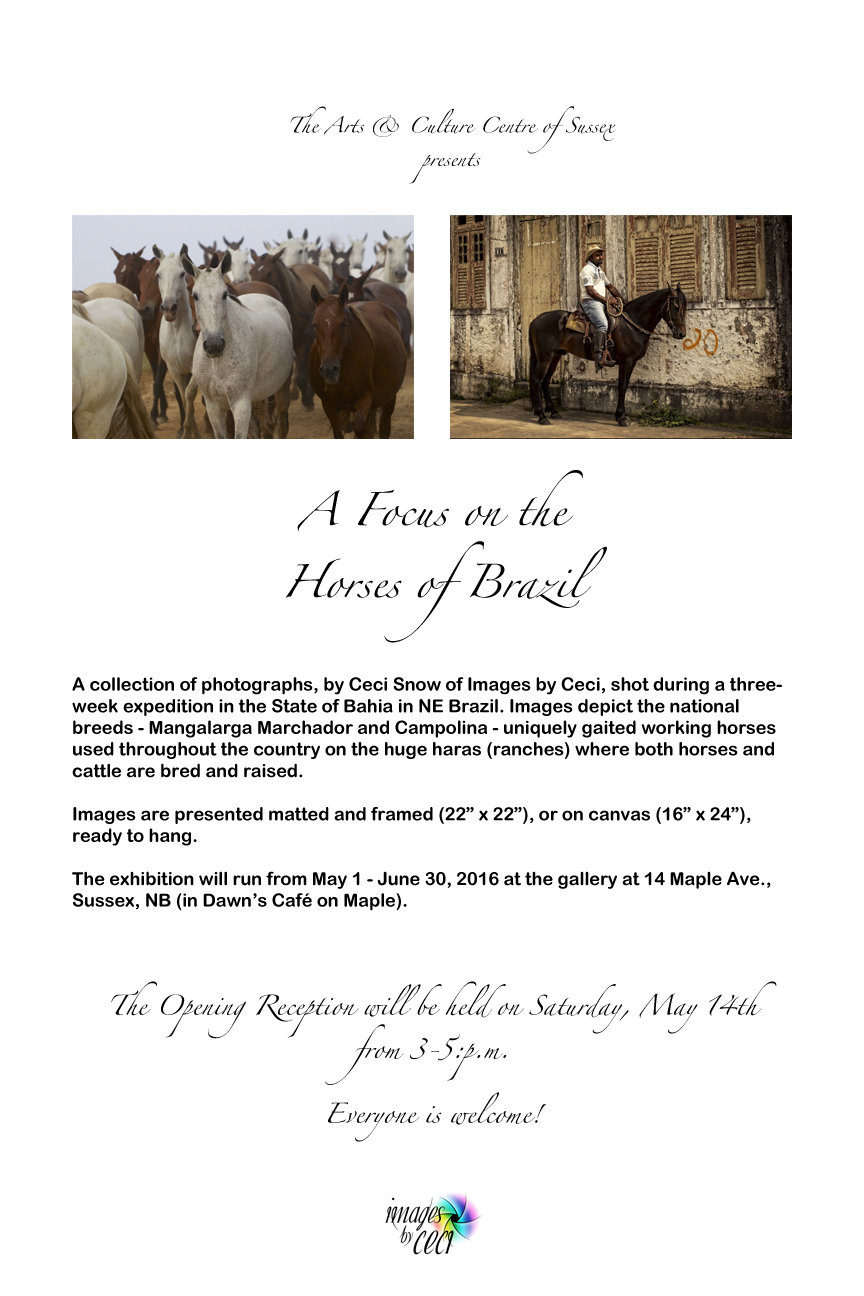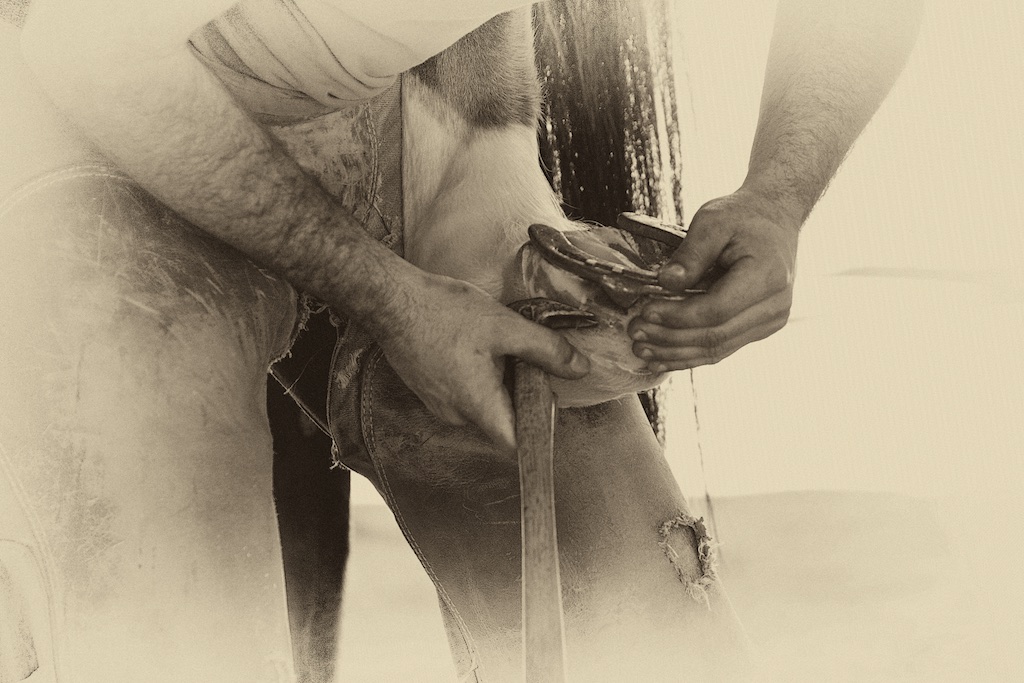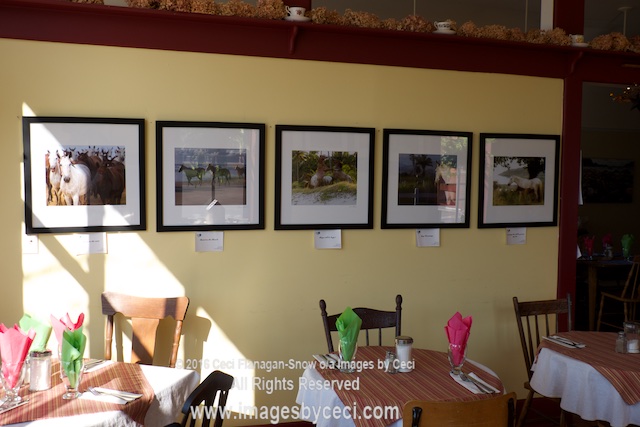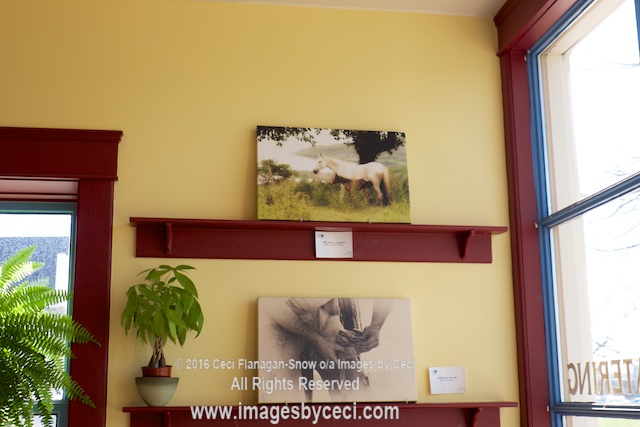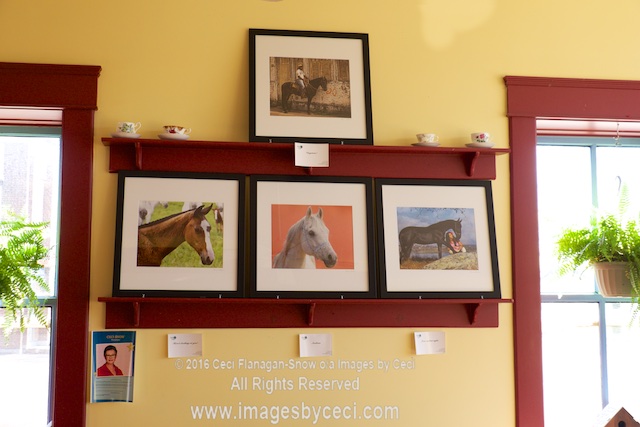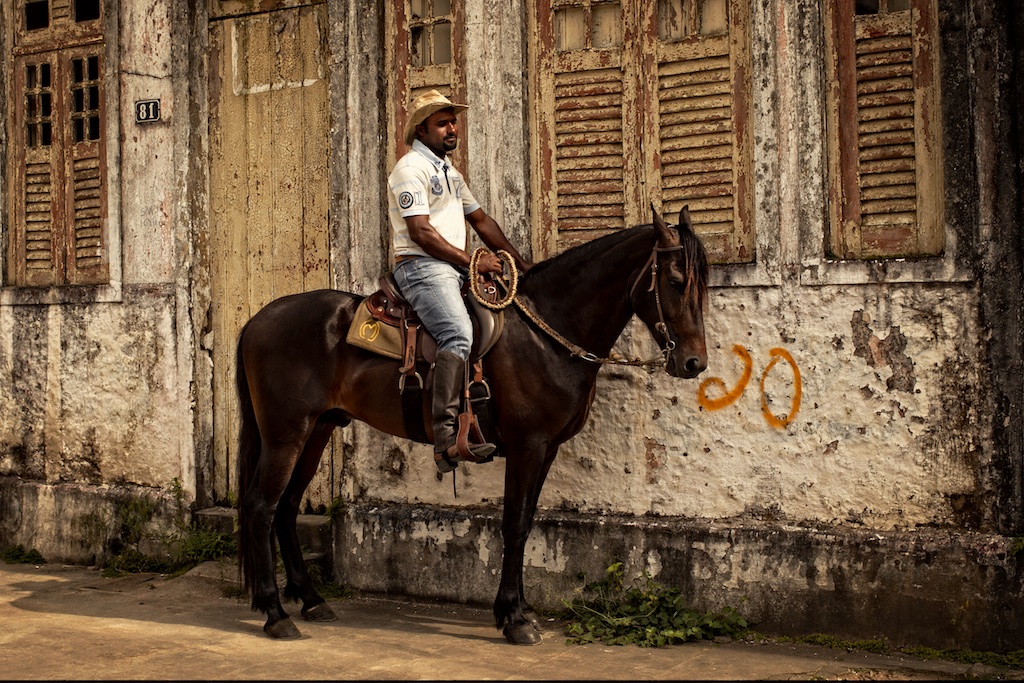Destruction
The trailer has been stripped of the carpet and the lino. The knee-crusher and back-killer of a dinette is gone. The dead space behind the dinette has been opened up and the fresh-water holding tank has been removed and cleaned in preparation for its new, more convenient and space-saving location. The old couch has landed in the landfill and the resulting space is set to be converted to office space. The hallway’s bathroom sink is gone and the plumbing in that area is now ready to accept the washer/dryer combo. The flush toilet has been removed and the composting toilet is ready to be installed. New faucets, taps and a water-saving shower head are ready to be put into position.
Most of this destruction I did myself in less than a week, and my body is well aware of the various muscles used in weilding the pry bar, cutting carpet, cutting lino, pulling staples, pulling more staples, pulling even more staples, unscrewing hundreds of screws and hauling the two loads of unsalvageable stuff off to the dump.
Construction
Saturday starts the construction phase, which will prove whether all the mental processes, scheming, plotting, imagining and planning transfer into functionality. The lino in the hall, bathroom and bedroom goes down in the morning and the washer dryer unit will be installed in the afternoon. Monday the trailer goes in to get the new battery bank installed. Thursday the truck gets an oil change and a coolant flush so that it is ready for the trip too.
I’m thinking it will take at least two days to load and semi-organize the trailer for five months on the road.
Departure
Although the actual departure date has not been determined, I will likely be gone by the end of October. The first destination is Monrovia/Arcadia in the greater Los Angeles area, where my friend Jude from Equiarts has offered free parking for my visit. Nice lady…and a talented artist too. Check out her site: www.equiarts.com
For those of you near I-15 (from Montana all the way to California) who wish yours truly to stop by should speak up quickly. I may be able to accommodate a quick visit or two on my way to the Golden State.
Next
After California, I will either go to Nevada or Arizona, where I will continue with the modifications to the trailer (painting, organizing, storing, reorganizing, more painting, etc.).
Other locations will depend on jobs – private client work, clinics, seminars and/or equine expos and fairs.
BTW, if you want to hear me speak at a horse fair or equine expo in your area, contact the organizers and let them know. It might be a bit late for some schedules, but there’s always the next season, since I hope to do the snowbird thing next winter as well.
Other Work
Wherever I land for a stretch of time, I will be working on the next two books and some online courses. I would love to hear what sort of online courses you would like to have access to. So far a photographer will be writing some courses, a horse player (betting) will be writing at least one and I will be doing some as well (conformation and possibly genetics/bloodlines).
Mother Nature
All in all, I think that Mother Nature gave the geese and ducks the right instincts. They flock off for the winter, and I am going to join them!
Wish me luck.

